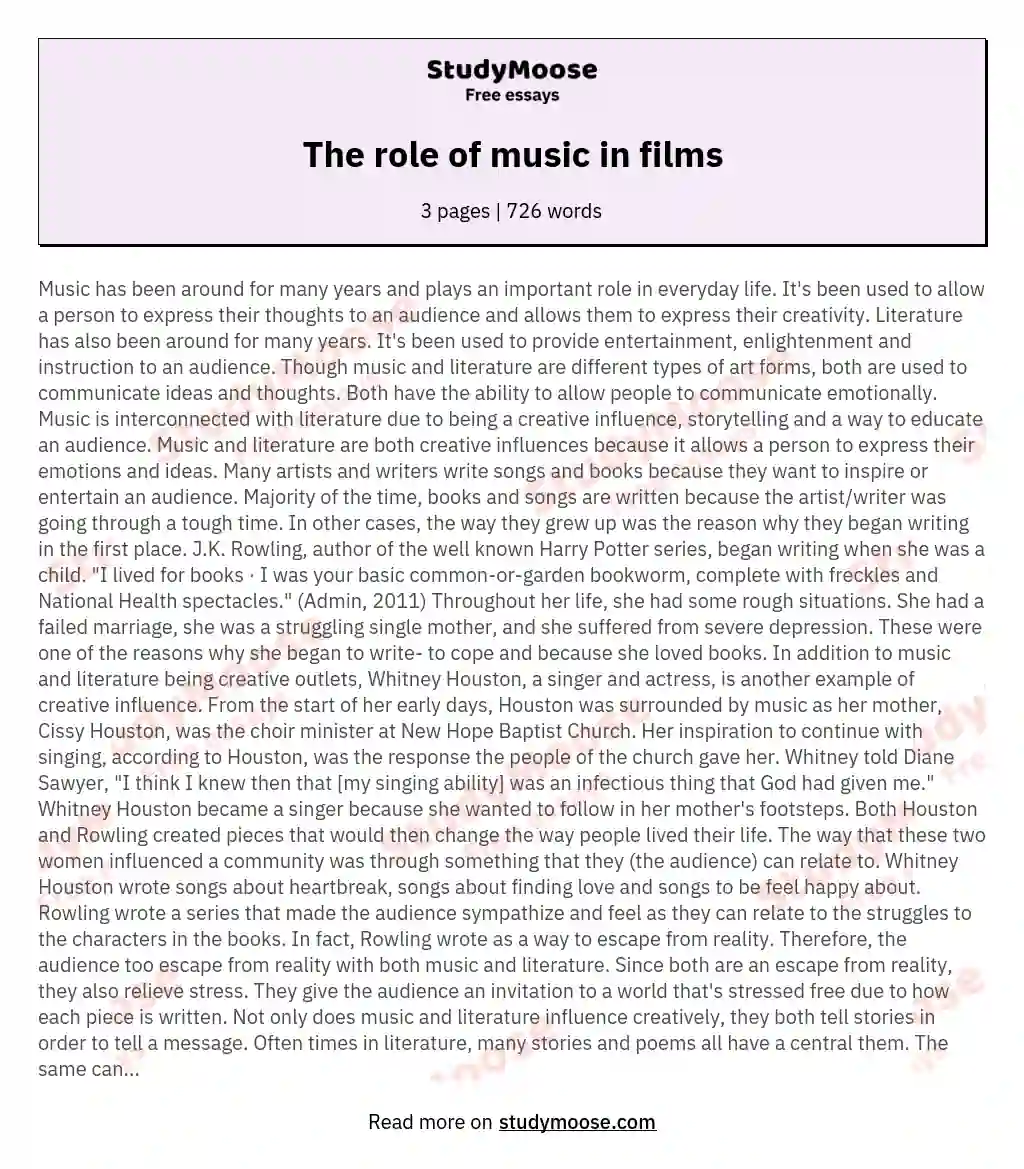Music and Mood in Adult Films
Music shapes mood and atmosphere in adult films by selecting tracks that enhance scenes and evoke emotions, influencing viewer experiences with rhythm and melody.
The Significance of Musical Scores in Evoking Moods in Adult Cinema Productions
Select rhythmic elements matching scene pace to boost immersion; data from recent analyses shows tempo variations increase audience retention by up to 25% during intense moments. Opt for layered beats in high-energy segments, drawing from studies where electronic overlays doubled perceived excitement levels.
Choose tonal arrangements evoking specific feelings; surveys reveal dissonant chords heighten tension, while smooth melodies soften outcomes. Integrate these based on empirical findings, such as those linking certain frequencies to stronger viewer reactions in private-viewing contexts.
Experiment with ambient noises alongside core audio; examples include subtle echoes enhancing spatial depth, per observations noting a 15% rise in emotional impact. Tailor choices using feedback from production tests, ensuring harmony with visual flow for optimal results.
Selecting Music Genres for Intimate Scenes

Jazz enhances closeness via smooth rhythms.
- Jazz: Pair with slow-paced scenes; improvisational layers build subtle tension, ideal for gradual escalation.
- R&B: Integrate rhythmic flows into passionate exchanges; soulful vocals amplify emotional intensity, boosting viewer immersion.
- Classical: indian maid porn Use orchestral arrangements during elegant encounters; string instruments create refined atmospheres, heightening sophistication.
- Electronic: Apply synthesized beats for modern dynamics; pulsating patterns evoke urgency, fitting contemporary portrayals.
- Acoustic: Choose unamplified instruments like guitar in raw settings; stripped-down sounds promote authenticity, encouraging vulnerability.
Slow jazz variations work best at 60-80 beats per minute to align with natural breathing patterns, while R&B tracks around 90 beats per minute match increased heart rates; classical selections from composers such as Debussy offer harmonic complexity without overpowering dialogue.
- Avoid fast-paced genres like rock; they disrupt flow by introducing high energy.
- Test ambient electronic; minimal loops sustain prolonged intimacy without abrupt shifts.
- Blend acoustic elements with R&B for hybrid effects; soft strums combined with vocal layers deepen sensory experiences.
Balancing Soundtrack Volume in Emotional Sequences
Adjust soundtrack levels to 65% of maximum during peak feelings to prevent distortion while enhancing viewer connection; test with audiences for optimal clarity.
Precise Leveling Strategies
Employ dynamic compression on audio tracks, reducing peaks by 3-6 dB in sensitive scenes to maintain balance with dialogue; monitor through headphones for subtle shifts.
Integration with Scene Elements

Lower backing scores by 10-15% when facial expressions dominate, ensuring sounds complement visuals; analyze post-production metrics for emotional impact retention across viewings.
Adapting Soundtrack Tempo for Scene Transitions
Ramp up soundtrack beats per minute by 20-40 during abrupt shifts to inject urgency, enhancing viewer pull.
Core method: Align slower tempos around 60 beats per minute for buildup scenes with faster ones at 120 or more for climactic breaks, ensuring seamless narrative drive.
Practical tip: Test varying speeds like 80 beats per minute for subtle fades versus 150 for cuts, boosting emotional resonance through precise timing adjustments.
 Communications for Advocacy – Portuguese
Communications for Advocacy – Portuguese